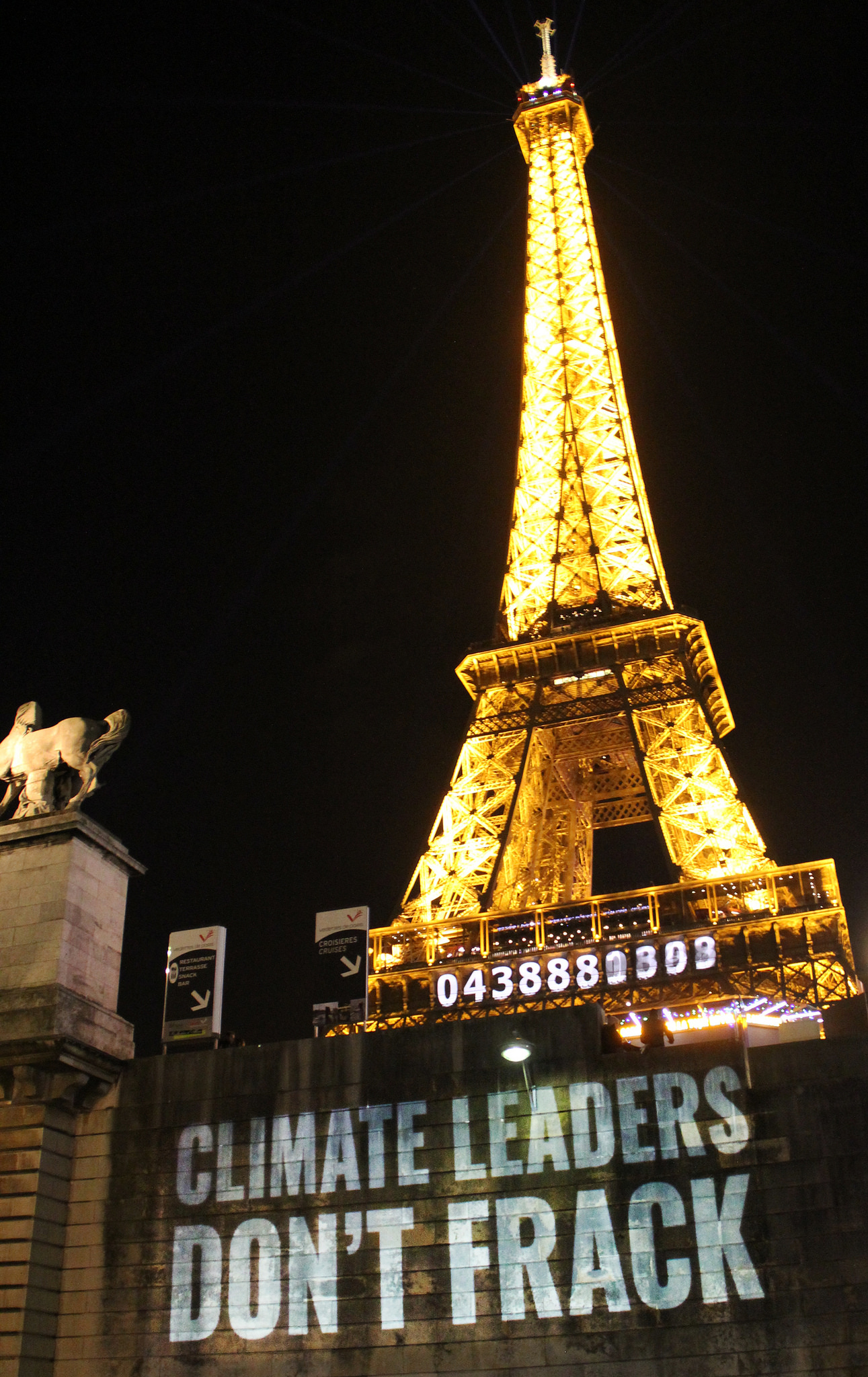
It is a document built on hope for the future of our planet.
The end of 2015 saw nearly 200 countries in Paris finally come together and agree to the first universal, legally binding deal aimed at tackling global warming: the Paris Climate Change Agreements. The job ahead for the world’s nations is to determine whether or not they can work together. What is legally binding is the fact that developed and developing nations must come together to meet the goal of limiting the rise of global temperatures to “well below 2 degrees Celsius” above pre-industrial levels and the level deemed to produce the worst effects of climate change with an aspiration of 1.5 degrees Celsius.
While this is a huge step toward protecting the future of our planet, it’s an aspirational job. It is important to note that while the diplomats have completed their end of the bargain by pointing the world in the right direction, it does not ensure implementation. This job rests solely with businessmen, politicians, scientists and society.
The global agreement is necessary for international problem-solving and for multiple nations to accomplish a shared goal; however, it’s only natural for scepticism to filter through with many environmentalists and scientists questioning whether or not the ambitious target of 1.5 degrees Celsius is a low enough target to save the planet. It was environmental activist Bill McKibben who said that the agreement “didn’t save the planet, but it may have saved the chance of saving the planet.”
What should be noted, however, is that while the deal states itself as legally binding, not all elements of the deal are. One such section is the Intended National Determined Contributions (INDCs), which has been set by the world’s nations, and are essentially targets for each country to reduce their own carbon emissions and help to reduce the effects of climate change. This part of the deal is not legally binding, meaning future governments of the signatory countries could renege on their commitments. Unfortunately, this is bound to happen. With so many nations coming together, wealthier nations that have reaped the benefits of industrialization for the past 150 years, namely Europe and the United States, will find themselves up against developing countries such as India, who believe they should have the chance to burn as much fossil fuel to reap the same rewards. While this may be a fair argument to make, it does nothing to help the planet. Nothing new then will have changed. India and China both stated at the start of the summit that they would refuse to stop their new coal-fired power stations, despite India’s new power station facing money woes.
Since the Rio Earth Summit in 1992, the world’s governments have been pledging to tackle dangerous warming levels, but the efforts have been met with failure, discord, ineffective agreements, and ignored treaties. The 2015 Paris Agreements have, surprisingly, done what the Copenhagen summit failed to achieve: bringing together nearly 200 nations aimed at tackling global warming. Undoubtedly, what needs to happen now is for those words to be put into action so that we can ensure a better future for future generations to lead better lives.
While it’s important for nations to tackle global warming, we can make changes in our everyday lives and help to reduce the impact of climate change. You can also sign up to Stop Climate Chaos.
The Deal at a Glance
1. A long-term goal to reduce global warming to well below 2C or 1.5C if possible;
2. Pledges from nations to cut greenhouse emissions during the 2020s;
3. A plan determined to get countries to make further emission cuts, improving their plan to do so every five years;
4. Rich nations will be required to provide funding to poorer nations, putting aside $100 billion a year until 2025, and more thereafter; and
5. A plan to monitor, progress, and hold countries to account who fail to meet targets.
Read Ethical Traveler's Reprint Policy.
